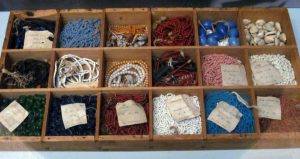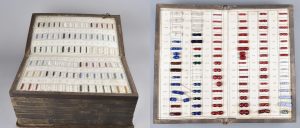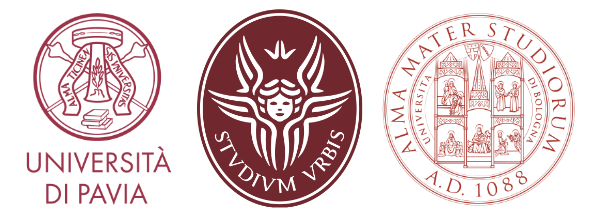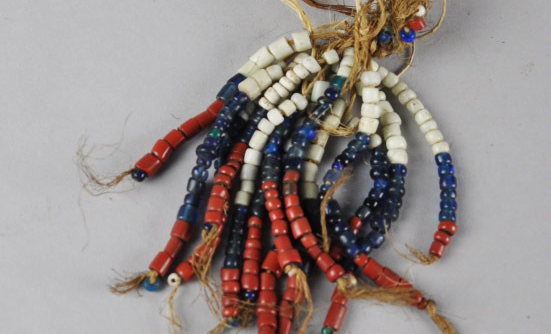Henry Morton Stanley struggled to understand the complexities of what he called “African currency”—the diverse and nuanced systems of exchange used in Africa—when, in February 1871, he was preparing for the expedition that would lead him to find David Livingstone on Lake Tanganyika later that year.
The travel journals by Richard Burton, John Speke, James Grant and other predecessors offered little guidance on preparing such an expedition. How much cloth would be necessary to sustain a caravan of a hundred men for a year? Which quality would be best? Which beads would be accepted along the route? In Zanzibar, Stanley had a breakthrough when he spoke with those who had firsthand experience of the journey’s demands and insights into African markets. The Arab trader Sheikh Hashid advised him on the quality and quantity of beads, cloth, and wire to bring, introducing him to his network of experienced merchants, who provided him with updated information on the African market trends.
Stanley was aware that no single type of bead would be accepted by all people or in all markets along his route. As he put it, relying on only one kind of bead for trade during a months-long journey was like expecting to travel across 19th-century Europe carrying only gold Napoleons. Yet he also knew that carrying too many goods could be as problematic as not having enough, given that transportation costs were a significant part of the budget. In the end, he chose 11 types of beads, which would be strung and exchanged at different locations to meet the needs of both the expedition and the markets.

Samples of African bead currencies carried by Henry Morton Stanley during his expeditions in central Africa in the 19th century. In Royal Museum for Central Africa, Terveuren, Brigade Piron, CC BY-SA 3.0 <https://creativecommons.org/licenses/by-sa/3.0>, via Wikimedia Commons, https://commons.wikimedia.org/wiki/File:Stanley_bead_currency.JPG (accessed on November 14, 2024).
Acquiring accurate and reliable information on the types of beads to bring before venturing into the African interior was a matter of life or death for Stanley as well as for other 19th-century European travellers. Such information was also crucial for bead traders, who imported these items from European production centres. Their strategy for gathering market data and placing accurate orders with bead makers was similar to Stanley’s approach in Zanzibar. Local intermediaries—especially the Arab traders who dominated the trade from East Africa’s coast to the interior—were consulted about the latest market trends. The information was collected and sent to European merchant houses to help them place the right orders. Some producers also created sample cards to showcase their full range of products.

Venetian Bead Book, Af,S.944 © The Trustees of the British Museum. Shared under a Creative Commons Attribution-NonCommercial-ShareAlike 4.0 International (CC BY-NC-SA 4.0) licence, https://www.britishmuseum.org/collection/object/E_Af-S-944 (accessed on November 14, 2024).
The sample above is part of a remarkable sample book containing 676 different beads, held at the British Museum and likely produced by the Venetian firm of the Giacomuzzi Brothers, who remained active until 1898. Today, sample cards allow us to visualise and recognise the beads described in the documentary sources, helping us engage with the material aspects of these objects that circulated in 19th-century East Africa.
References:
Stanley, Henry Morton. How I Found Livingstone: Travels, Adventures, and Discoveries in Central Africa, Including Four Months’ Residence with Dr. Livingstone. New York: Scribner, Armstrong & Company, 1872.

